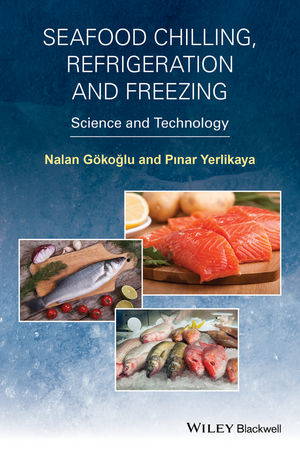ABOUT THE AUTHOR
Nalan Gökoðlu is the Dean of the Fisheries Faculty at Akdeniz University in Turkey. She has worked as a researcher on fish processing, preservation and quality issues for almost 25 years, and also teaches in these subjects.
Pinar Yerlýkaya is in the Fisheries Faculty at Akdeniz University, Turkey, where she works on fish processing and quality issues.
